Wednesday, 21 October 2009
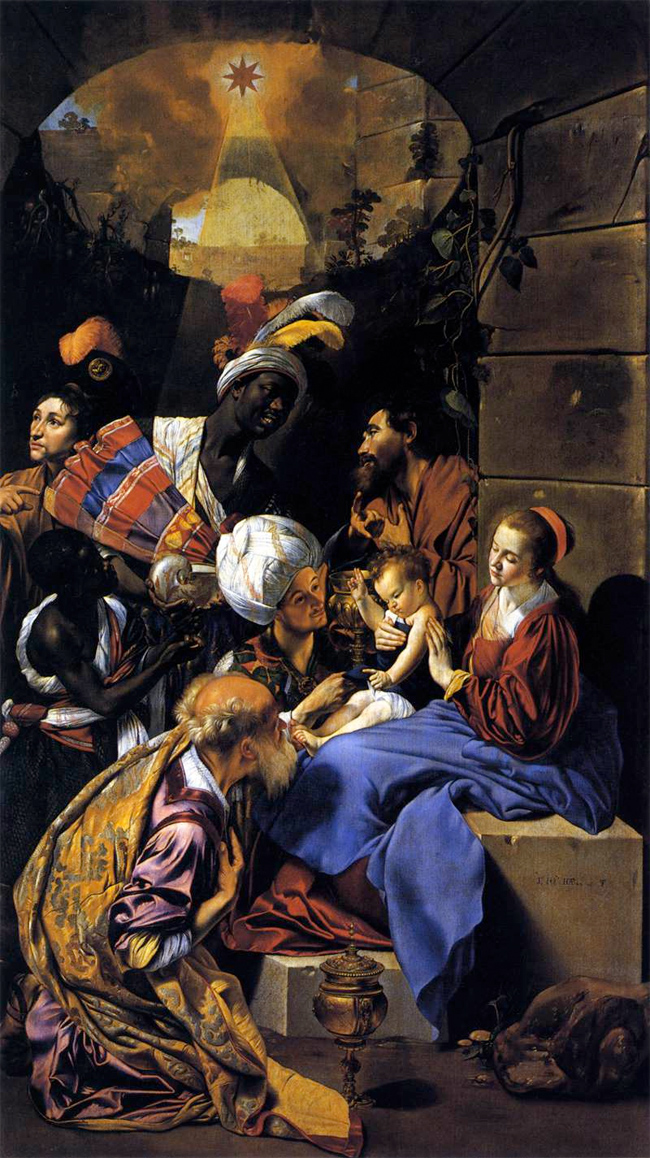
I overheard a debate yesterday that piqued my interest. The topic was popular music. The young men were going back and forth over the quality of contemporary music. Simplistic in structure, one of them believed that we will never again see the likes of Mozart or Bach - certainly not with the umpteenth recycle of musical material hailing from the next “manufactured starlet”. This conversation got me to think about art, specifically painting. Are contemporary artists paying as much attention to technique as they did in yesteryears? I am by no means an art critic, and do not profess to be one, but I see very few pieces that rival the technical deftness possessed by past masters, like Spanish painter Juan Bautista Maino (although I maintain that there is still a lot of talent in today’s world.) The characters are animated, full of life; the brocades and heavy silks worn by the subjects unfold and fall beautifully; the surroundings take full advantage of the light and shadow…
Could the reason for this “watering down effect” be due to the shift of ideals and tastes? I do not know. What do you think?
Tags: Art, Painting
Posted in Uncategorized | No Comments »
Monday, 19 October 2009
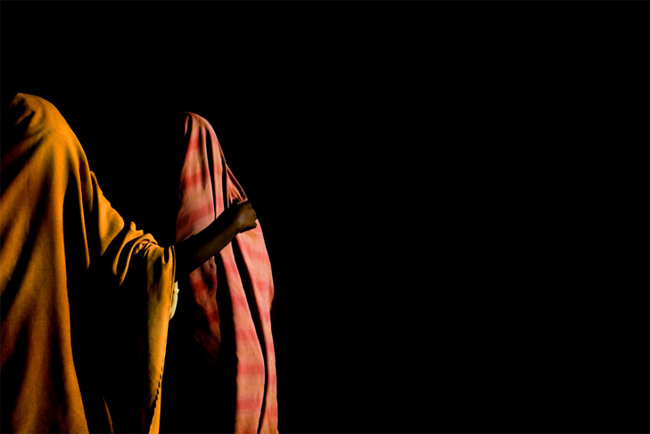
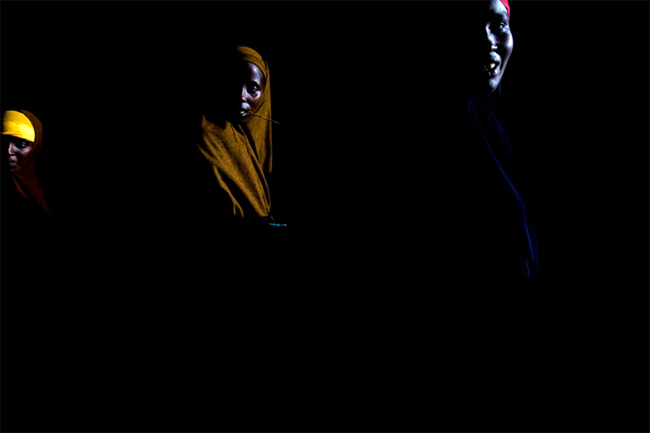
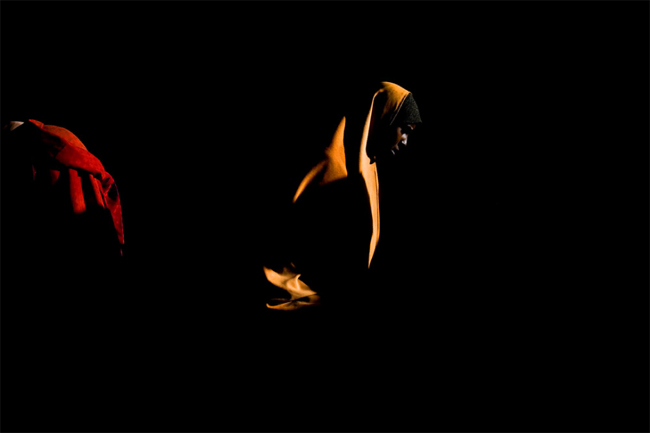
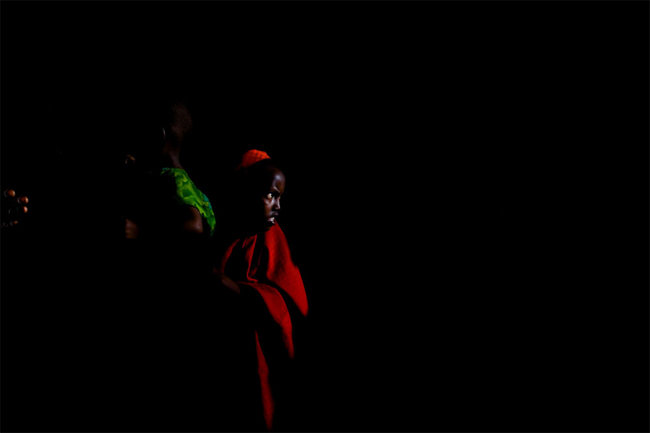
As a child, I feared darkness. My imagination would run wild, shadows would lurk behind me. I was afraid of ghosts - of the mysterious dead nothingness. I was afraid of being dragged into the bowels of the unknown, never to see the light of day again. But my fears were not warranted, as they are mere fragments of my imagination. As I came across these photographs by Jehad Nga today, those distant fears flooded back into my conscience. These people live in fear. The threat of the shadow is real. Very real. It could pierce through your heart with its cold steely finger nails, embedding each blow into your heart and draining all your limbs of life. It could even hurl its fist and throw you into the air, coughing up dirt, powder and blood. Swift and sly.
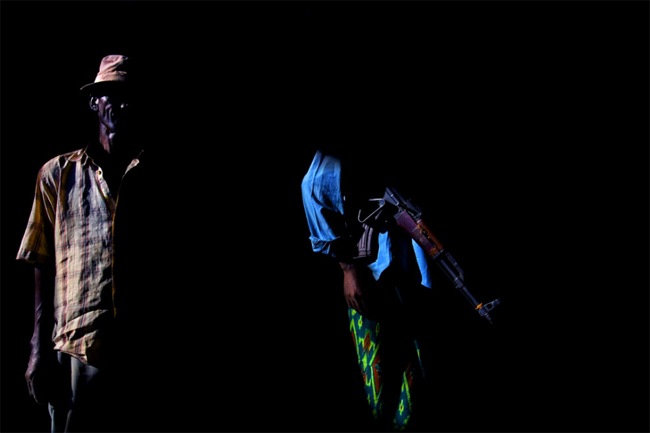
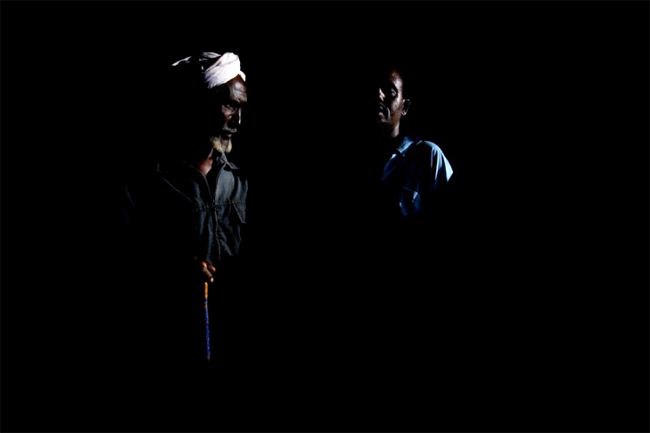
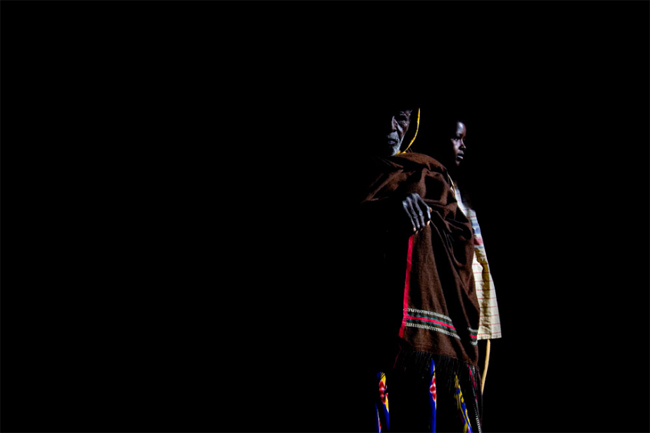
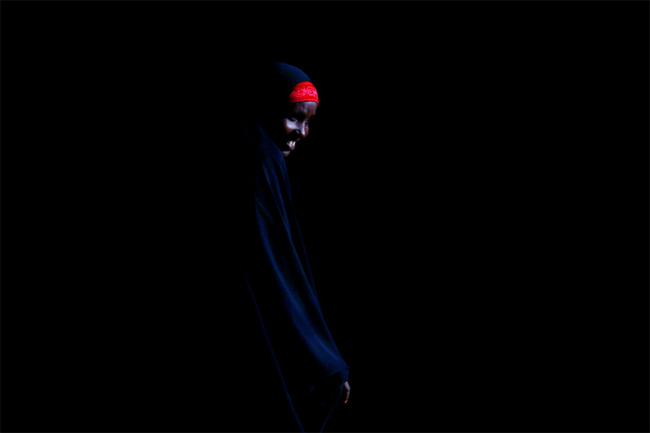
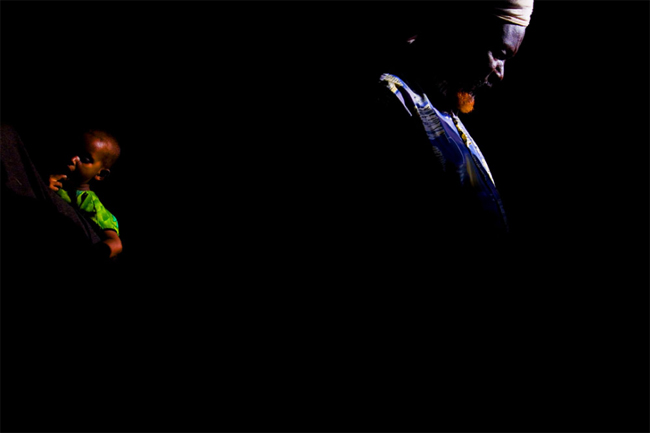
To view more of Jehad Nga’s work, please go to his site.
Tags: Photography, War
Posted in Uncategorized | No Comments »
Friday, 16 October 2009
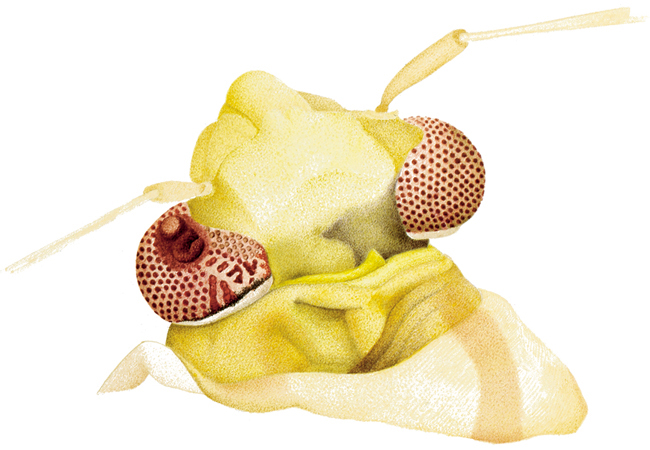
I am lucky to never have experienced the devastation brought on by war, natural disasters or nuclear accidents. I never want to. But I admit I am curious. I am afraid of feeling that eerie emptiness typically left behind in affected areas, yet part of me wonders what it must feel like… And here is an artist who does just that. Cornelia Hesse-Honegger is a scientific illustrator who has collected more than 16,000 insects near nuclear plants and fallout sites, searching for the effects of low-level radiation.
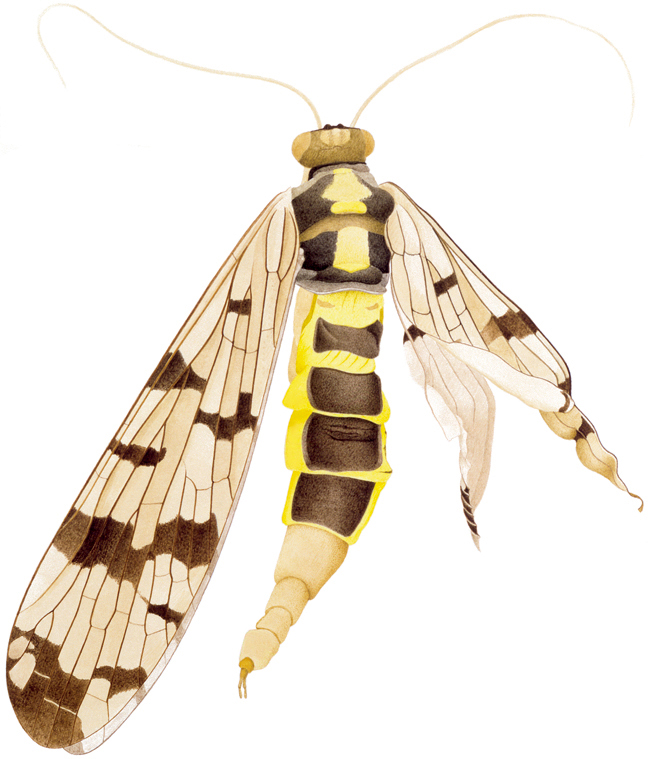

In terms of locations, I’ve visited 25, from Chernobyl to Three Mile Island to Cape de la Hague. I have collected a total of 16,367 insects. I started in 1968 in Zürich but at that time I collected very few true bugs, only the ones I intended to paint.
I first drew and painted malformed flies, Drosophila subobscura, during my work as a scientific illustrator at the scientific department of the Zoological Museum at the University of Zürich in 1967. The flies were mutated by adding the “poison” EMS to their food… I knew from then on what it meant to look at a deformed insect. I also knew what humans were capable of doing to nature.
In 1990, I had the chance to travel with a group of journalists and parliamentarians to Chernobyl. The visit to Polesskoje, 30 kilometers west of the exclusion zone, was impressive because it showed me what it means for people to be victims of such a disaster… The town gave a very depressing impression. No one had any flowers growing. The streets were washed with water twice a day. The quietness of the town… was frightening. There were no birds, no insects… We looked into the windows where things were left behind — tables full of food, dolls, books. The whole experience was for everybody very touching, very unnerving. We all knew that radioactivity made by man is one of the most evil and destructive inventions ever created.
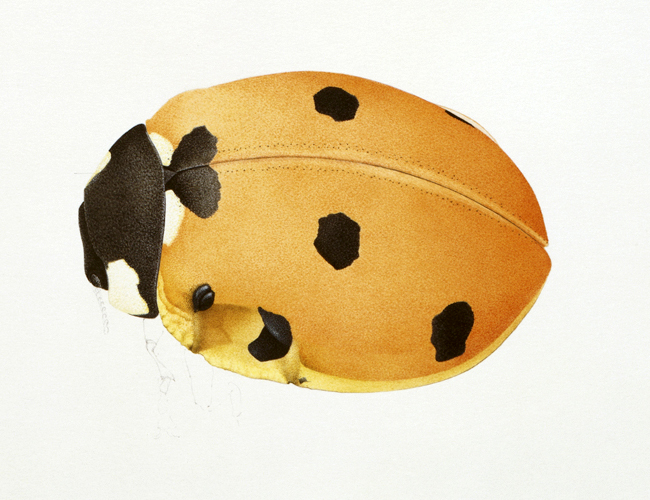
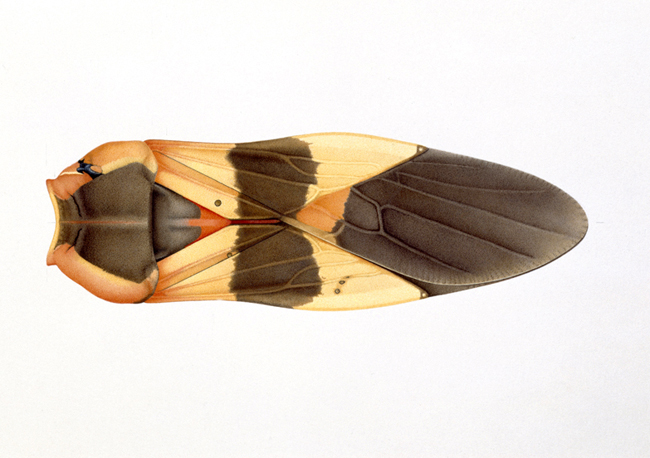
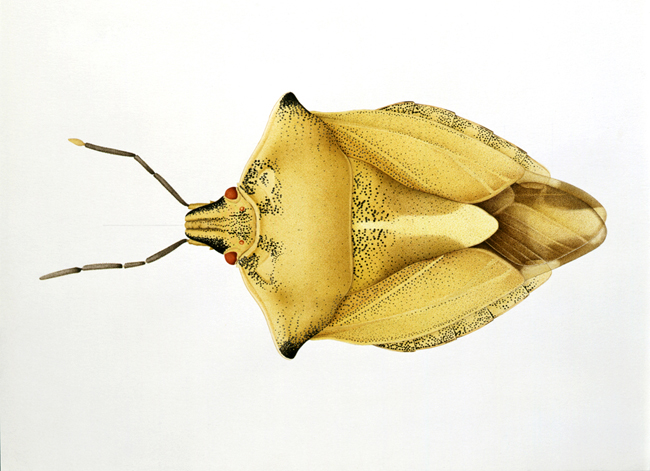
Text sourced from The Morning News.
Tags: Art, Illustration, War
Posted in Uncategorized | No Comments »
Thursday, 15 October 2009
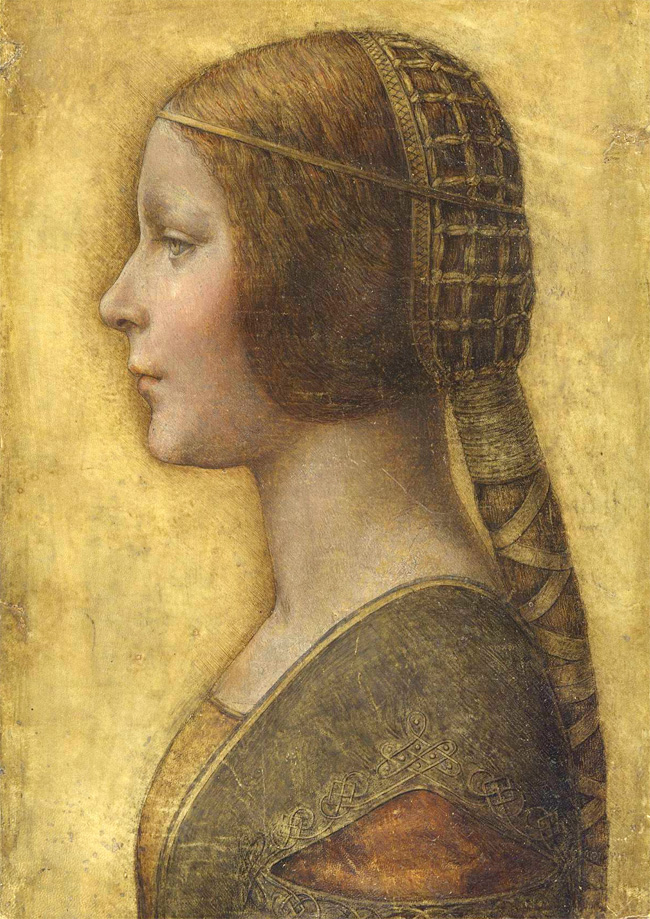
A portrait of a young woman thought to be created by a 19th century German artist and sold two years ago for about $19,000 is now being attributed by art experts to Leonardo da Vinci and valued at more than $150 million. The unsigned chalk, ink and pencil drawing, known as “La Bella Principessa,” was matched to Leonardo via a technique more suited to a crime lab than an art studio — a fingerprint and palm print found on the 13½-inch-by-10-inch work. Technical, stylistic and material composition evidence — including carbon dating — had art experts believing as early as last year that they had found another work by [Da Vinci].
“Leonardo used his hands liberally and frequently as part of his painting technique. His fingerprints are found on many of his works,” Peter Paul Biro, a Montreal-based forensic art expert, said. “I was able to make use of multispectral images to make a little smudge a very readable fingerprint.”
Based on its style, the portrait has been dated to 1485-1490, placing it at a time when Leonardo (1452-1519) was living in Milan. Canadian-born art collector Peter Silverman bought [the painting]… on behalf of an anonymous Swiss collector in 2007 for about $19,000. New York art dealer Kate Ganz had owned it for about nine years after buying it at auction for a similar price. One London art dealer now says it could be worth more than $150 million.
Text sourced from Associated Press.
Tags: Art, Painting
Posted in Uncategorized | No Comments »
Wednesday, 14 October 2009


I am simply not able to understand war. I understand conflict, and I acknowledge that conflict is the sapling that would eventually bloom into war. But why can we not resolve our conflicts in a peaceful manner? Why must we attempt to solve it with salvos of missiles? Why do we think that destruction can assuage anger? Every time I hear of death of yet another soldier, or groups of innocent bystanders in the wrong place at the wrong time, my faith in man wears thinner. It is further eroded when I see images of the destruction wreaked on innocent people - that ghostly presence of scars in abandoned structure left behind by ammunition; that atmosphere reeking of fear, terror and panic. Is this the price we pay for that “noble” mission? Did it appease the anger?
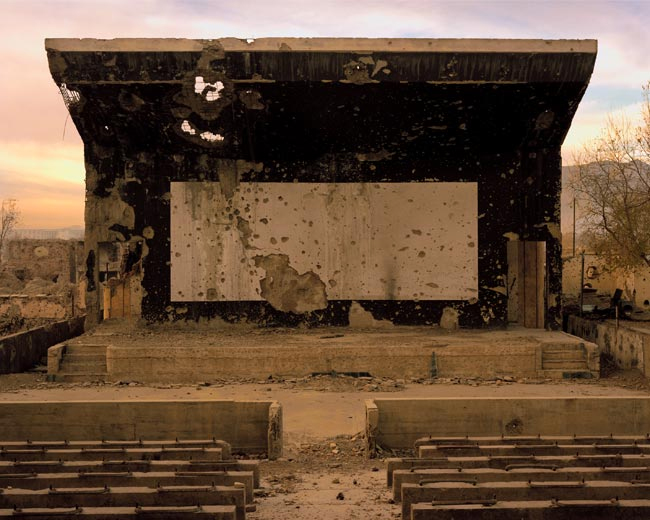
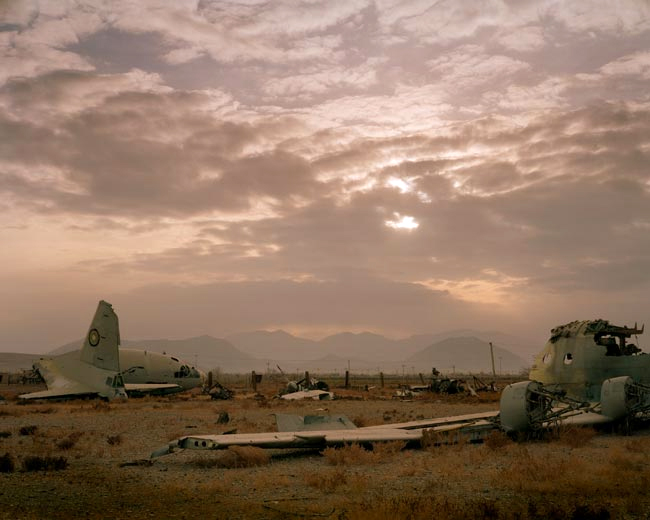
Afghanistan is unique, utterly unlike any other war-ravaged landscape. In Bosnia, Dresden or the Somme for example, the devastation appears to have taken place within one peiod, inflicted by a small gamut of weaponry. However, the sheer length of the war in Afghanistan, pushing on towards its 30th year, means that the ruins have a bizarre layering; different moments of destruction lying like sedimentary strata on top of each other. There are places near Bagram Air Base or Shomali Plain where the front line has passed back and forth eight or nine times - each leaving a deadly flotsam of destroyed homes and fields seeded with landmines.
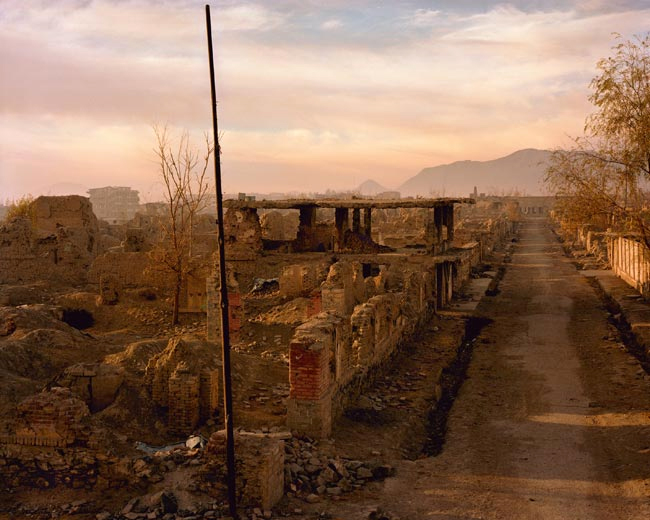
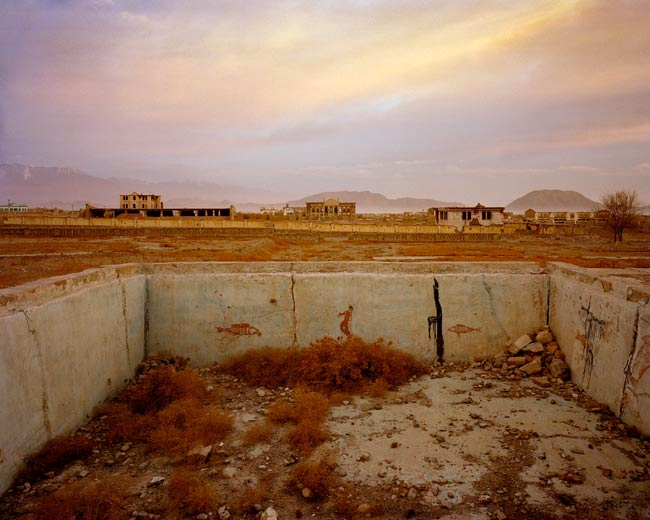
The land has a different appearance where there was fighting in the early 90’s. In this instance the tidy, picked-clean skeletons of buildings are seperated by smooth, hard earth where de-mining teams have ’swept’ the area. In places destroyed in the recent US and British aerial bombardment, the buildings are twisted metal and charred roof timbers (the presence of unexploded bombs deters all but the most destitute scavenfers,) giving the place a war, chewed-up appearance… A building destroyed by the cataclysm of an American 15000lb bomb creates a different historical record to a structure gradually reduced to its concrete ‘bones’ by thousands and thousands of small Kalashnikov bullets.
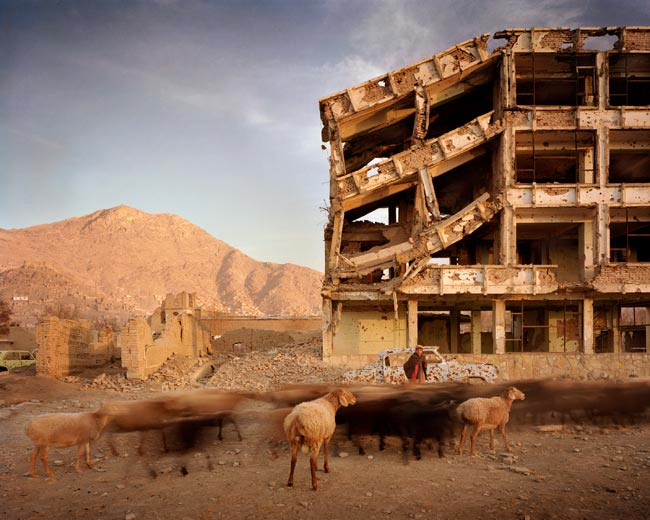
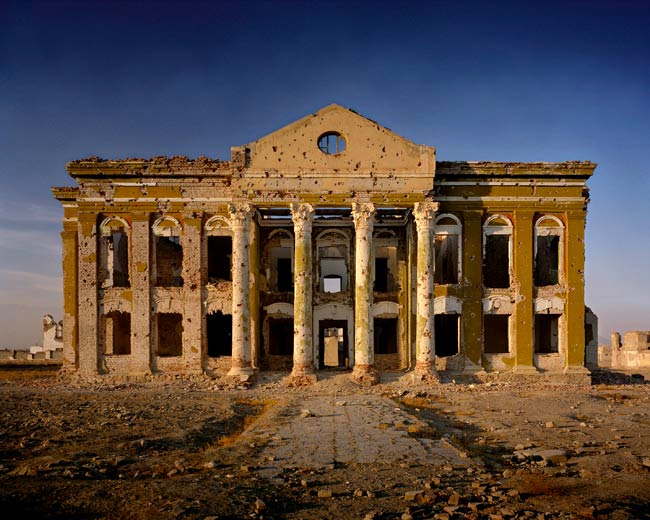
Maybe one day we will learn to live together…
Additional text sourced from artist’s statement. Please visit Simon Norfolk’s site to view more of this work.
Tags: Photography, War
Posted in Uncategorized | No Comments »
Tuesday, 13 October 2009
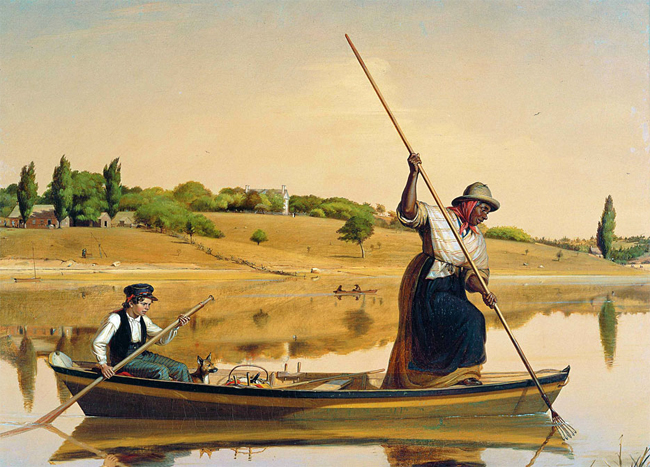
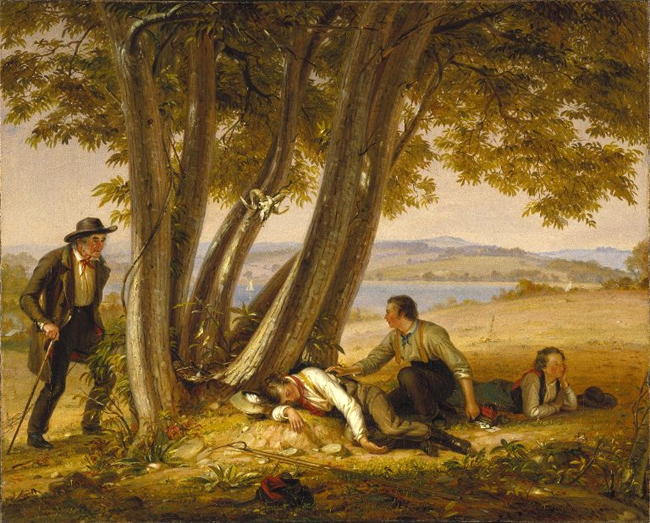
William Sidney Mount was born in Setauket, Long Island, and also died there, but the center of home life for him and his family was the Hawkins farm (now the Hawkins-Mount Homestead) in nearby Stony Brook, which had been in his mother’s family for generations. The property of ninety-some acres provided limitless sources of inspiration for his art: bucolic countryside, rustic outbuildings, a variety of farm animals, and hearty neighbors willing to pose.
Among Mount’s favorite subjects to portray were farmers and country gentlemen — to him the backbone of democracy. His family’s comfortable circumstances, and the early commercial success of his paintings, allowed him the freedom to paint when he liked and gave him an affectionate, and somewhat rose-colored, view of country life.
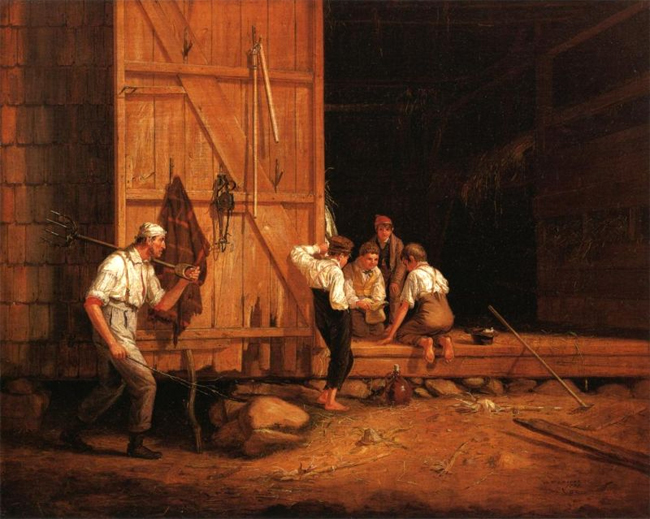
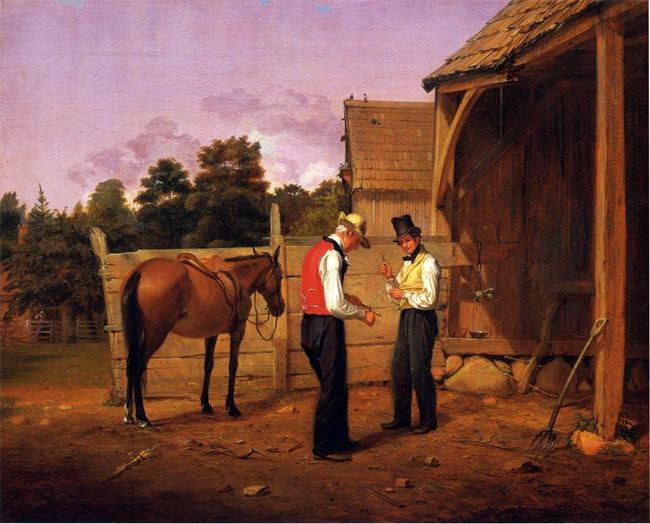
Mount participated in the life of his community, but his unmarried status probably prevented him from being fully integrated into it. His diaries are full of accounts of boating trips, attending socials and musical events, and participating in local spiritualist meetings. After his mother’s dearth in 1841, he inherited a partial ownership in the family homestead, along with his other siblings. But he never fully settled in there, moving in and out, often after disagreements with members of his extended family who also lived in the house.
Before William Sidney Mount, few American artists had looked to the lives of ordinary folk for inspiration, for only figures out of history, myth, literature, or the Bible were considered worthy of representation. Mount’s works depicting country people were enormously popular, and laid the foundation for a school of American genre painting whose effects are still felt.
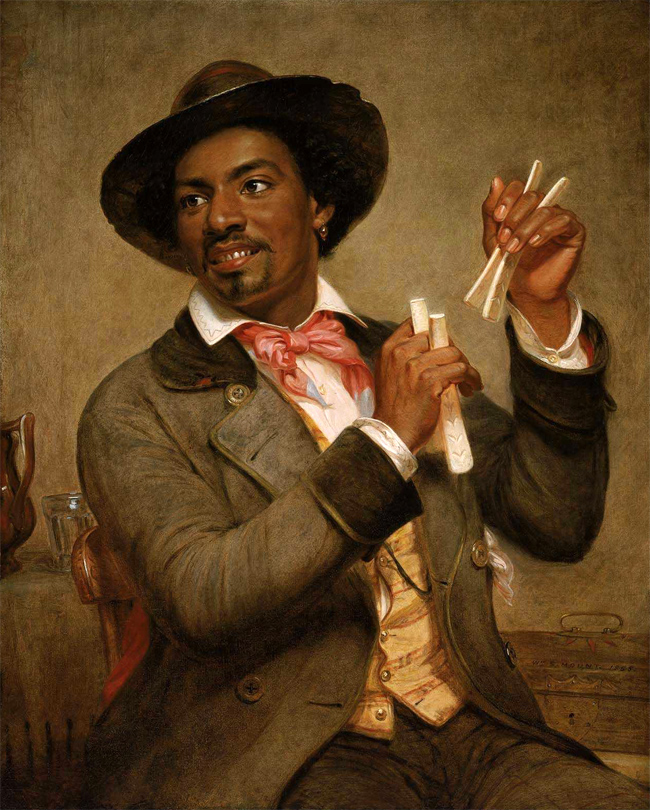
Text sourced from Long Island Museum.
Tags: Art, Painting
Posted in Uncategorized | No Comments »
Sunday, 11 October 2009
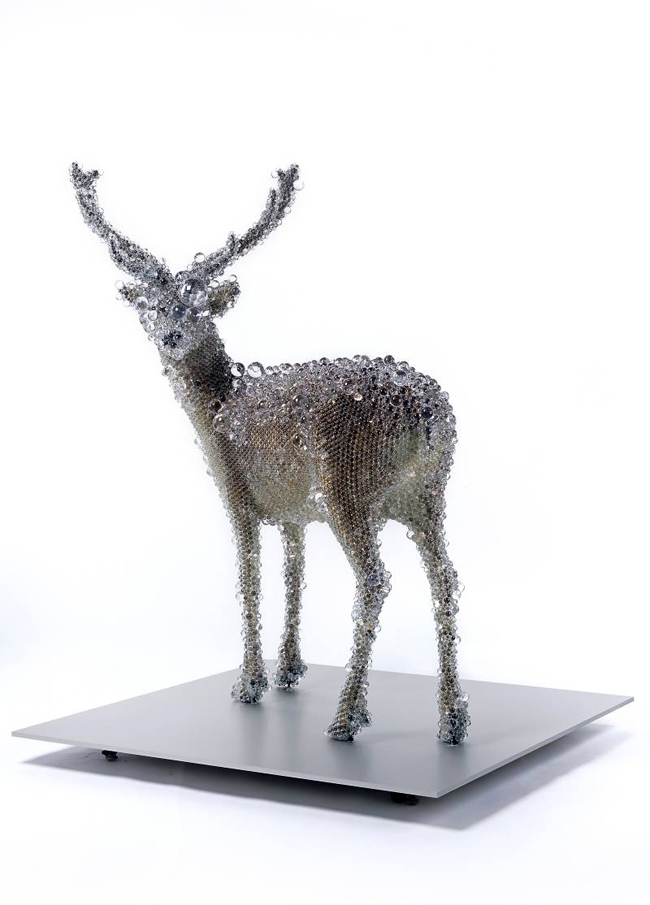
The “PixCell” sculptural concept… is an intervention into, or a manipulationof, reality. The “cell” provides many different functions - choice, transparency, substitution, amplification - and it links directly to the senses… The surface of the subject is covered in transparent glass beads, …[replacing it with] some kind of “light shell”. Seen through this shell, the object’s textures and colours are filtered and dissipated into the countless individual cells. Each cell is therefore an element in a new kind of visual media.
… Covered with the same shell, each piece has the same texture and sense of distance. This genuine feeling of paralysis attained… erases any deep feelings for the objects. The focus then becomes the connection between the sense of sight and tactility, which provides the foundations of our perception of reality. To the sense of sight, the world is a continuous series of surfaces… We detect… [with these surfaces]. That is why the decisive factor in determining [reality] is the texture of surface. This surface is the interface between our senses and external objects.
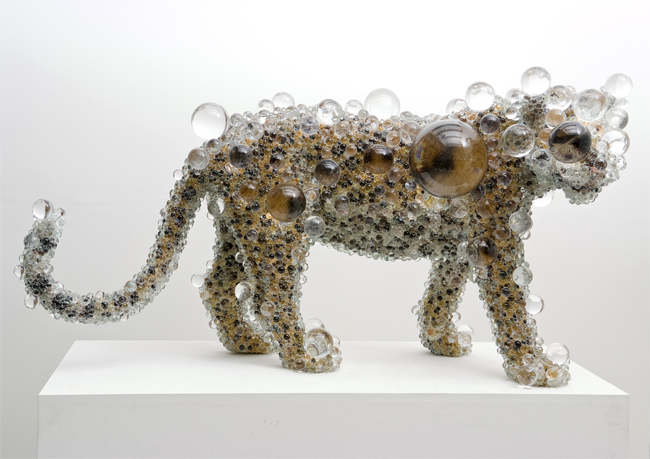
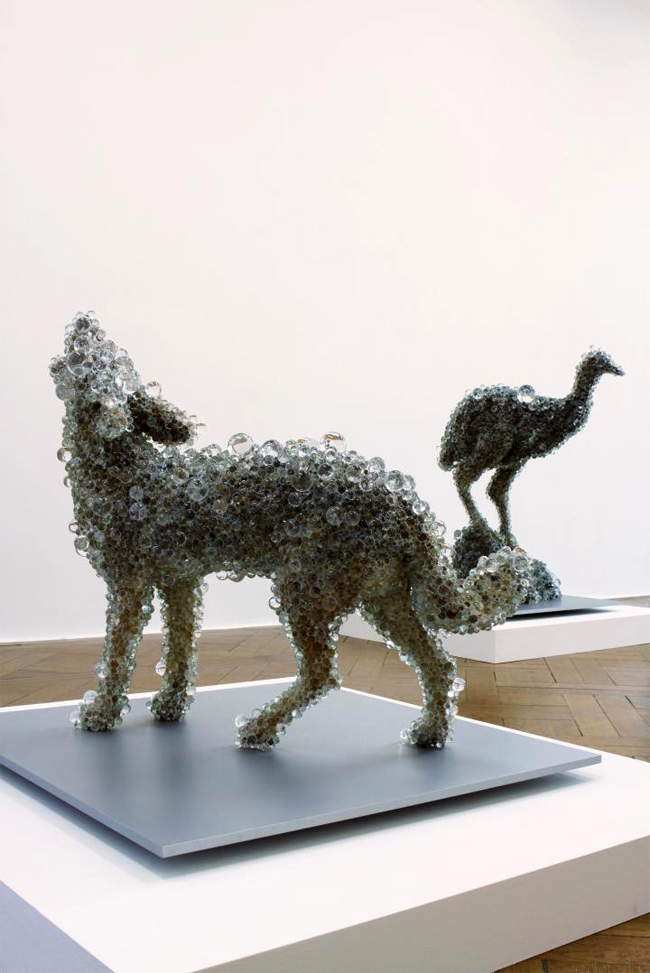
Text adapted from artist’s statement.
Tags: Art, Sculpture
Posted in Uncategorized | No Comments »
Friday, 9 October 2009
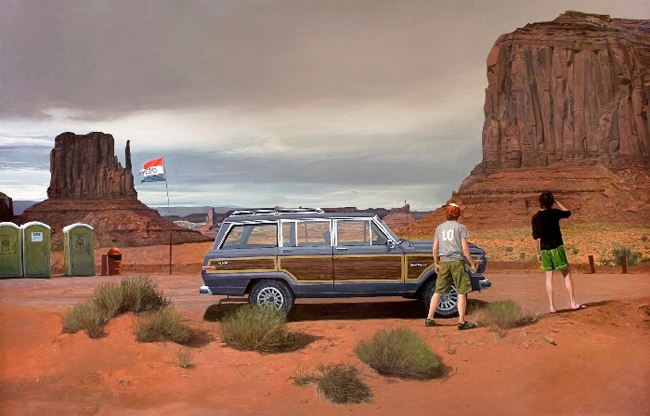
I used to read Franklin Dixon’s Hardy Boys series. It accompanied me through my early teenage years and filled me with preconceived notions of masculinity from an American perspective. As I was just about to reach puberty, I was not fully aware of the meaning of being a young man. The transition took place awkwardly (as is the case with everyone else I am sure) and I was stuck in limbo for a long time. Looking back, I now realise that the characters as portrayed played a huge role of defining my masculinity. I looked up to them, and mimicked their actions. I even tried to assume their identities, if only hypothetically.
Today, as I came across Alex Roulette’s work, I could not help but reflect on all those afternoons I spent consumed with the boys and their adventures, and my vivid imaginations of their feelings and surroundings. I had, in my mind, definite ideas of a typical young American boy’s experiences, and these paintings really embody that image…
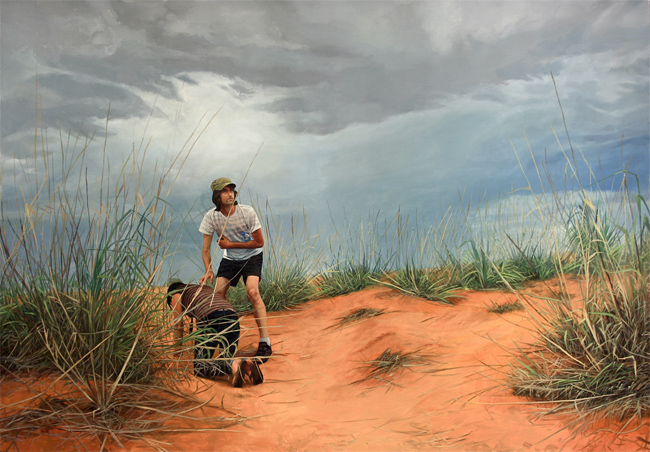

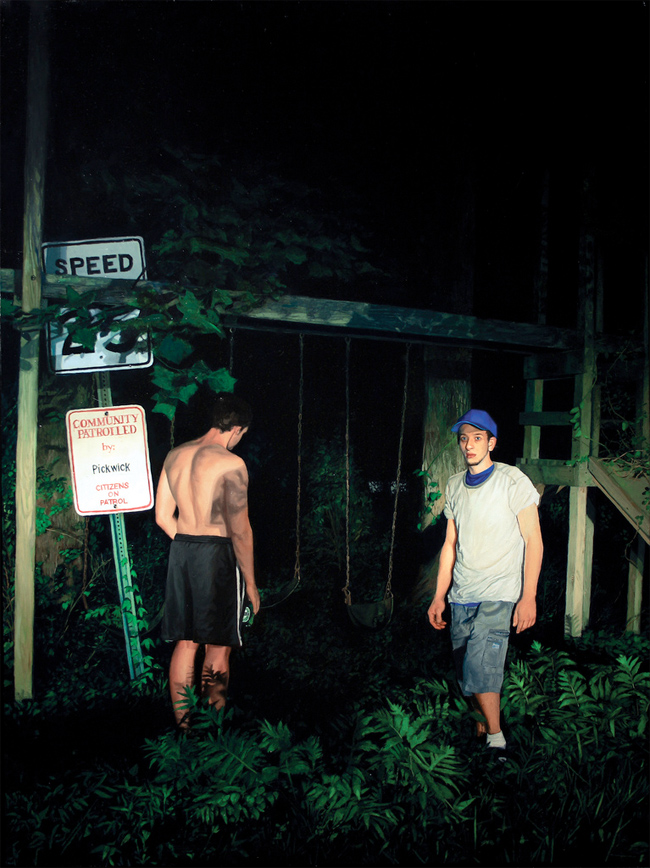

Please visit Alex Roulette’s site to view more of his work.
Tags: Art, Painting
Posted in Uncategorized | No Comments »
Thursday, 8 October 2009
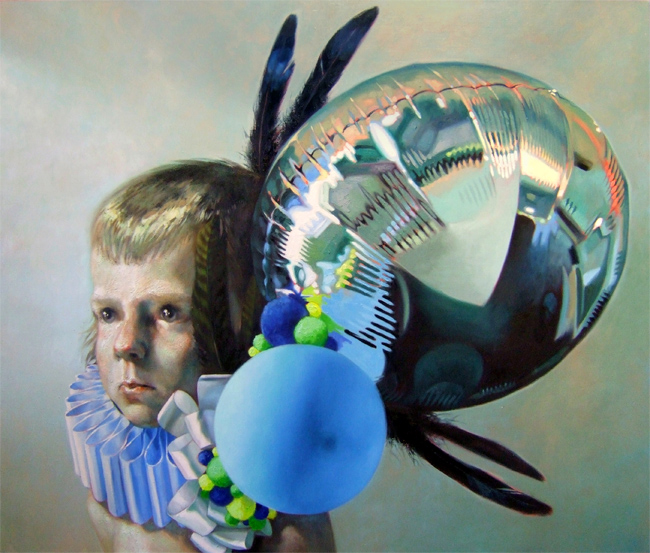
Youth fascinates me. I suppose I am not that old yet, nevertheless I feel the youthful bliss seeping out of every pore. I have lost my sense of inquisitivity - the frivolity and vigour that I did not even realise I possessed nary a few years ago. The burdens of adulthood are certainly beginning to weight me down. Now, looking at these paintings by Robin Williams harkens back to simpler times - days with ample time and freedom to pursue activities of a puerile and rambunctious nature…
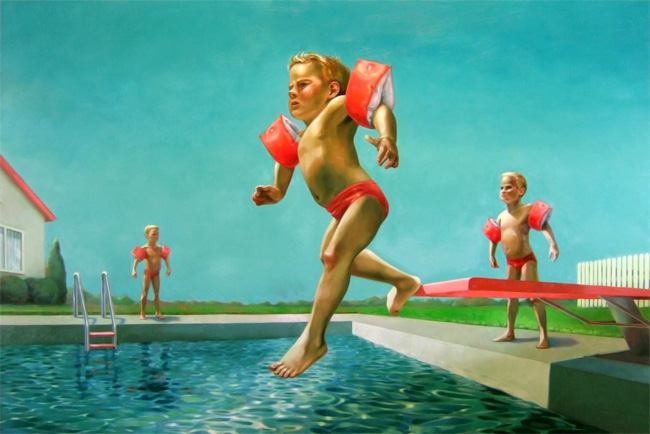
Childhood as a subject is a good metaphor for adulthood. Most of the kids I paint are composites. They are bits of me, found images, my family, and people I know. They are children but they are also objects, or symbols. Above all they are paint. Children don’t have the agency to commission their own portrait or have a concept of their own mortality. So I was making these hypothetical portraits of children that I imagined to be commissioned by their “caretakers”… us collectively… or maybe me.
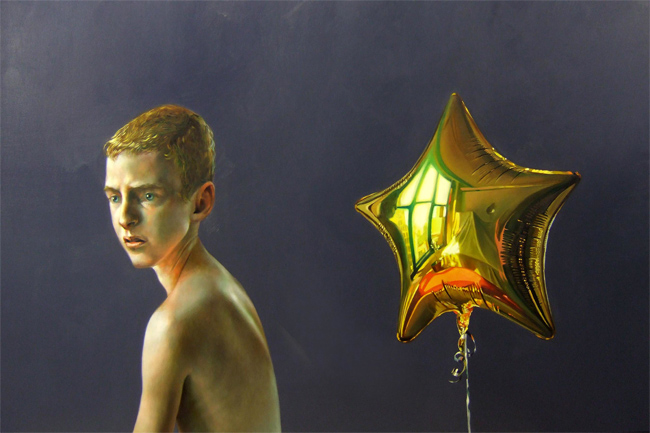
Gold Star is [of] a boy alone, naked, with no decorations, posing next to a gold foil star balloon. I wanted the balloon to have the presence of a sibling in the picture. The decoration (the balloon) and the child were meant to be equals. The dynamic of the relationship between the figure and the object changed. I wanted the figure to appear to realize he was nothing but paint.
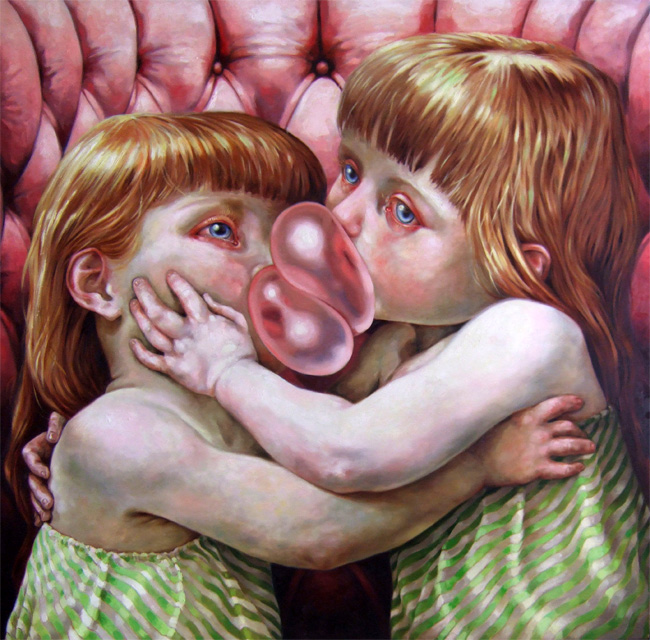
Perhaps the most beautiful aspect in Williams’ work is the “pastiche” concept she works with. In doing so, her works convey universal childhood experiences. I come from a different background, with very different cultural values, yet I somehow see fragments of my youth in these paintings, thrown into a kaleidoscope, bursting with vivacity…
Text and images kindly permitted to be republished on this blog by the artist herself. Please visit Robin Williams’ website to view more of her work.
Tags: Art, Painting
Posted in Uncategorized | No Comments »
Wednesday, 7 October 2009
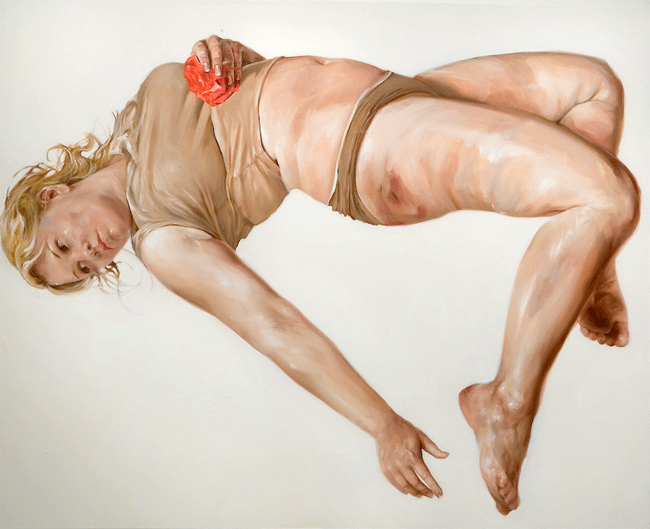

I have a love/hate relationship with fashion. While I adore the the visual aspect of it, I cannot wholeheartedly agree with the widespread use of rail-thin models. I myself admit that having a very slender figure allows the clothes to move and breathe as the designer envisions, allowing for greater freedom in volume and structure experimentation. However, this practice breeds the romantic “ideal” that cannot be fully attainable, as it is pre-written in your genetic code. I read somewhere that Canadian model Coco Rocha was chastised for, at 108 lbs and 5′10″, being “too big”:
“The look this year is anorexia. We do not want you to be anorexic, but we want you to look it.”
Where does this lead us? Scores of young women and men starving themselves to fit into that image. And this is why I champion artists are Kristi Ropeleksi. Her work depicts women in their natural forms lounging, in many instances partially nude, midair. I do not know if these women would be overweight if they were real (and I certainly do not condone an unhealthy body weight), but her work definitely promotes a healthy outlook on body image. I am naturally slender, and do not constrict my caloric intake. I would like to think that, if I did possess my metabolism, I would still not submit to the pressures to be slim, as long as I was still healthy.
Perhaps such beautiful work can balance out the current obsession with unrealistic body image?
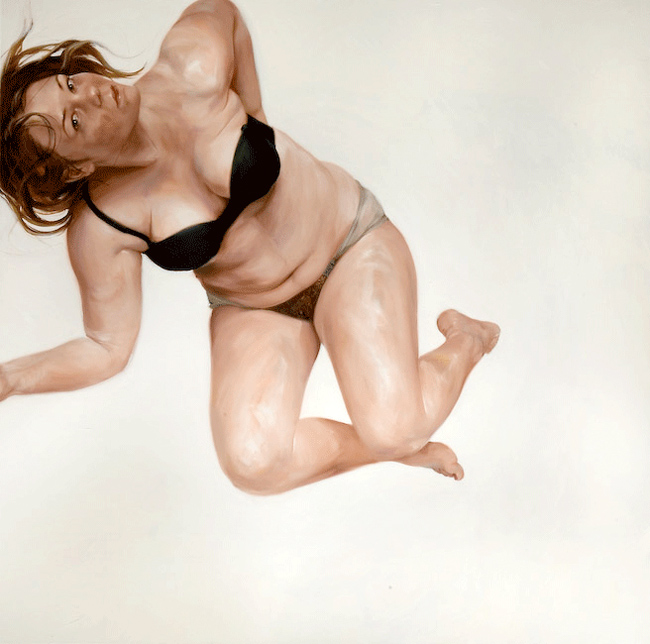
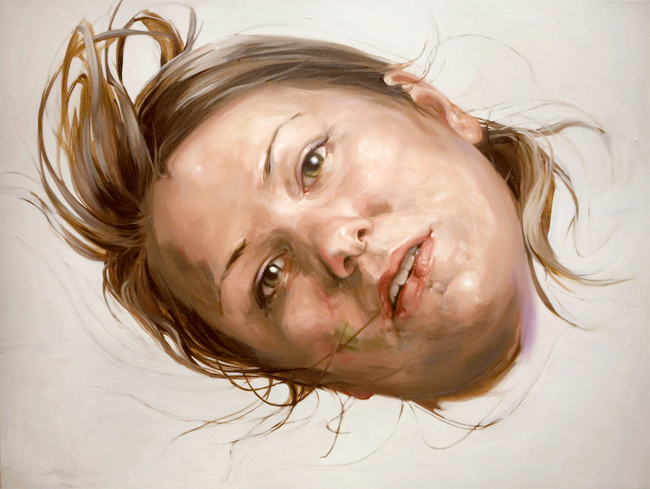
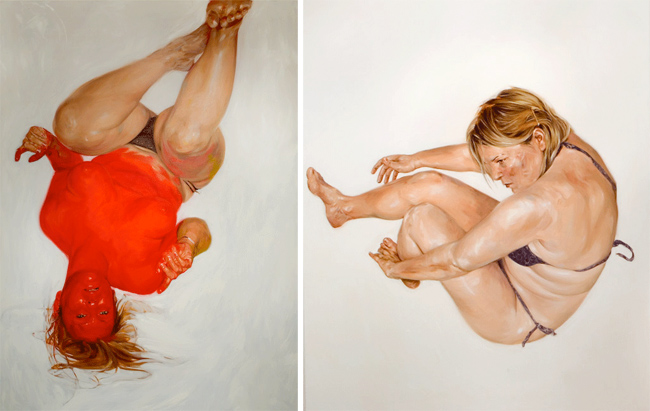
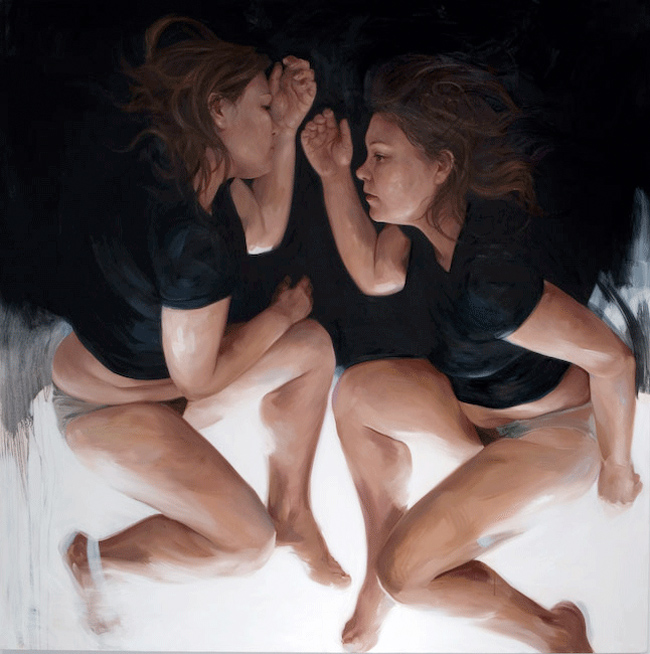
Please go to Kristi Ropeleksi’s site to view more of her work.
Tags: Art, Fashion, Painting
Posted in Uncategorized | No Comments »

















































